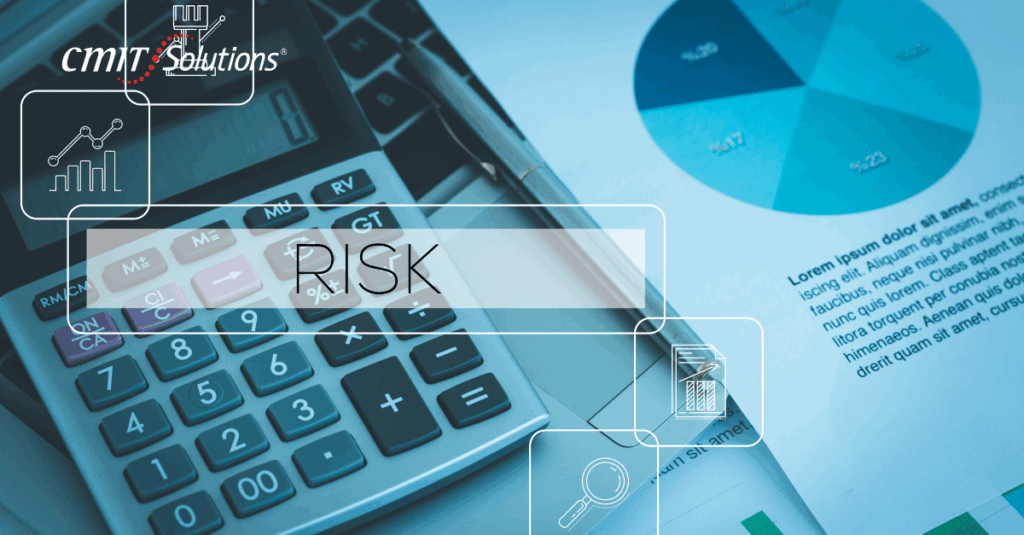According to Statista, the global predictive analytics market is forecast to reach $41.52 billion by 2028. This isn’t just a sign of industry growth—it signals a seismic shift in how finance is evolving. The future of finance is no longer just about managing numbers but about predicting them.
Predictive analytics in finance is unlocking new pathways for proactive decision-making, cost savings, and smarter risk management. In this article, we explore how financial institutions are applying this powerful tool to boost efficiency, personalize services, and future-proof their strategies.
1. What is Predictive Analytics in Finance?
Predictive analytics combines artificial intelligence (AI), machine learning (ML), and statistical modeling to help businesses anticipate outcomes rather than react to them. This tech goes beyond traditional historical analysis by spotting patterns, trends, and correlations in data to predict future behavior.
For instance, finance teams can anticipate late payments, predict cash flow gaps, or spot credit risk far in advance. With tools like Microsoft Dynamics 365, businesses can automate these forecasts, minimize manual errors, and optimize planning processes. Predictive analytics turns raw data into foresight, which enables finance professionals to take data-backed decisions that minimize risk, streamline operations, and identify hidden growth opportunities.
2. The Strategic Value of Predictive Analytics in Banking
Banks and financial institutions are using predictive models to:
- Forecast market trends and customer behavior.
- Identify at-risk loans before default.
- Detect unusual transactions for fraud prevention.
- Tailor financial products to customer preferences.
This shift towards intelligence-first finance mirrors how CMIT Oak Park uses IT guidance to help clients stay ahead of market change. Predictive analytics empowers banks to manage volatility, ensure financial stability, and deliver timely recommendations—critical in a world where consumer expectations and market conditions evolve rapidly.
3. Smarter Cash Flow and Revenue Forecasting
With predictive analytics, organizations can model seasonal cash flow trends, evaluate client payment history, and forecast upcoming revenue dips or spikes. These insights help CFOs and controllers improve liquidity management and prevent cash shortages.
Tools like Power BI, integrated with Excel or Dynamics 365, provide real-time visual dashboards for finance teams to simulate different cash flow scenarios. Choosing the right BI tool is critical to maximizing these capabilities. Revenue forecasting also supports investment timing, vendor negotiations, and resource allocation by providing clarity into financial trends.
4. Enhancing Credit Risk Management
By analyzing behavioral patterns, predictive models flag potentially risky borrowers or partners. Financial institutions can adjust credit limits, automate alerts, or hold transactions based on these predictive scores.
This is especially useful for small businesses trying to scale securely. CMIT’s managed IT packages help ensure secure environments for sensitive financial data. Predictive tools also enhance onboarding by automatically validating creditworthiness using multi-source analytics.
5. Transforming Fraud Detection Systems
Modern fraud detection uses predictive analytics to continuously learn from new transaction data. This helps prevent fraud in real-time, not just detect it after the fact. Algorithms monitor user behavior and compare it to known patterns, enabling early alerts for suspicious activity.
With SIEM solutions like Microsoft Sentinel, predictive models detect anomalies and help financial institutions respond quickly to fraud attempts. Proactively detecting fraud not only reduces financial losses but also helps protect brand reputation and customer trust.
6. Personalized Financial Services and Customer Retention
Predictive analytics also fuels personalized marketing in finance. Banks can anticipate which services customers are likely to need next—loans, insurance, savings plans—and offer them at the right moment. It enables micro-segmentation and one-to-one targeting strategies that deepen engagement.
Just as unified communications strategies enhance client interaction in IT, personalized finance builds loyalty and retention. Predictive tools can even gauge customer churn probability and suggest targeted retention efforts in advance.
7. Budgeting and Resource Optimization
AI-enhanced predictive analytics enables organizations to test different budget strategies using historical data and external variables like inflation or market changes. This process minimizes uncertainty in budget planning and helps leaders make accurate financial projections.
With cloud-based platforms, teams can easily share forecasts, collaborate across departments, and reduce over-allocation of funds. These models also identify areas of inefficiency or budget leakage, guiding better resource allocation and driving ROI.
8. Accounts Receivable Analytics and Capital Management
Late payments can severely disrupt cash flow. Predictive analytics enables finance teams to identify risk-prone accounts, prioritize collections, and prevent aged debt buildup. It improves working capital by offering insights into DSO (days sales outstanding) and predicting late invoice trends.
Using cloud ERP tools paired with intelligent dashboards, companies can improve liquidity forecasting and reduce receivables aging. Predictive collections strategies not only improve cash flow but also strengthen client relationships by setting clear, data-based expectations.
9. Predictive Analytics and Regulatory Compliance
Staying compliant is critical in finance. Predictive analytics helps monitor evolving regulations and anticipate compliance gaps before audits. It provides automated alerts for violations and builds audit trails for regulatory review.
Similar to how CMIT Oak Park addresses IT compliance, predictive tools analyze workflows and surface red flags early. This reduces the risk of penalties and ensures that financial institutions stay ahead of regulatory changes.
10. Competitive Advantage Through Real-Time Decision Making
In today’s fast-paced financial landscape, waiting for monthly reports isn’t viable. Predictive analytics empowers real-time decisions with actionable data. Whether it’s investment management, pricing changes, or operational pivots, predictive tools offer immediate clarity.
With proactive IT applications, finance teams can connect insights across platforms, accelerate decisions, and respond to changes swiftly. The agility it delivers is a core competitive differentiator in an increasingly digital economy.
Conclusion: Turning Data into a Financial Advantage
Predictive analytics is more than just a buzzword—it’s a strategic necessity. Whether it’s safeguarding against fraud, improving cash flow, or streamlining customer experiences, AI-powered forecasting delivers real results.
As with all digital transformations, success depends on the right tools, platforms, and guidance. At CMIT Solutions of Oak Park, Hinsdale & Oak Brook, we help businesses integrate predictive analytics with security, compliance, and performance in mind.
Get in touch with us to learn how predictive analytics can reshape your finance operations and position your business for long-term success.







